When we arrived in Hobart on Friday, we went for a walk around the city centre. During this walk, we saw the Mawson’s Huts Replica Museum and decided to return for a visit the next day. I didn’t even know this museum existed! Situated near Constitution Dock, this small wooden structure certainly stands out as something a bit different. I want to start this post with a bit of information about the replica itself before delving into the layout of the Museum and our experience. There will be lots of photographs as dogs featured heavily in the Museum.
Replica Museum History
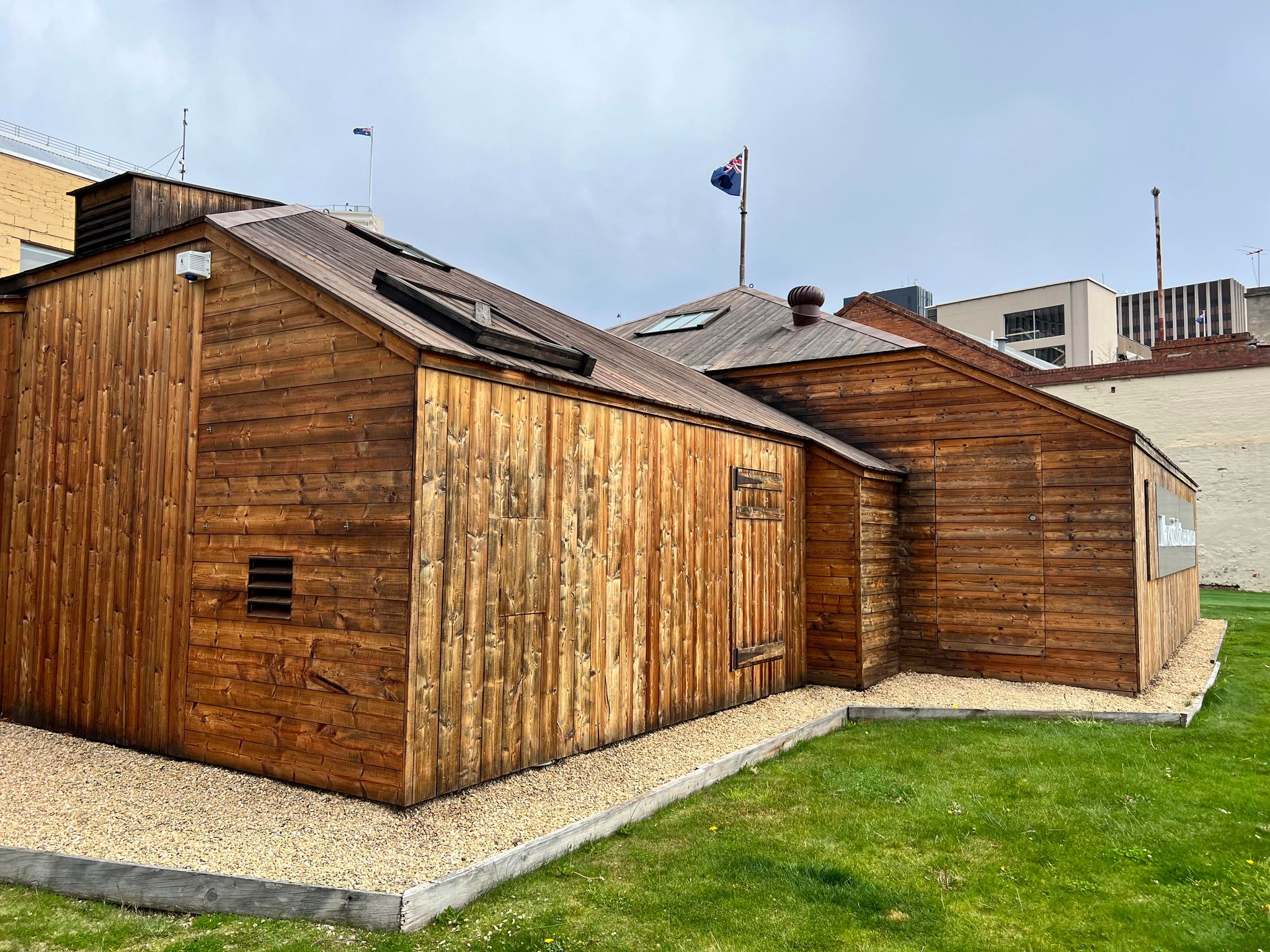
The Museum is part of the Mawson’s Huts Foundation, a not-for-profit charity developed in 1996. The purpose of this charity is to conserve a series of historic huts at Cape Denison, an area in East Antarctica. This area experiences some of the fiercest winds of anywhere in the world so conservation work is a necessity. I’ll note here that sales from admission tickets go towards this conservation effort which is a great way to raise funds.
These huts were used during the Australasian Antarctic expeditions that occurred between 1911 and 1914. They are of both national and international significance for being the only surviving Australian Antarctic sites. The Museum is a replica of one of these huts. So not only does the Museum provide visitors with information about the expeditions, but also a feel for the living conditions. Construction began in 2013 and after four months, it opened on December 2, 2013. It is as authentic as it can be, built according to photographs and measurements supplied by the heritage carpenters who worked at the original hut. It has the exact same dimensions as the hut and even the Baltic Pine flooring and cladding was sourced from the same area of Scandinavia as the original.
The location of the Museum is significant as it’s approximately 200m from where the first Australian Antarctic expedition departed. It is in such a beautiful area you could easily combine a visit to the Museum with a leisurely walk around the waterfront. There are some great museum elements I want to focus on for the rest of this blog post.
Overall Layout
I would argue that the Museum is compact, but filled with relevant information. There are so many stories to follow throughout ranging from those of individuals to thematic panels exploring themes of the Antarctic exploration. By far, my favourite area was all about the dogs. No surprises there. I am going to start with an overview of this particular area then share a few other highlights.
Dogs
Before Mawson left for Antarctica, he purchased approximately 50 Greenland sled dogs to accompany him and his team. Unfortunately, only around 28 dogs survived the journey. I warn you now, there are many sad dog-related stories in the Museum. I won’t be sharing them all but just be aware if you are going to visit. In the Museum, the story of these dogs is presented towards the end of the permanent display.
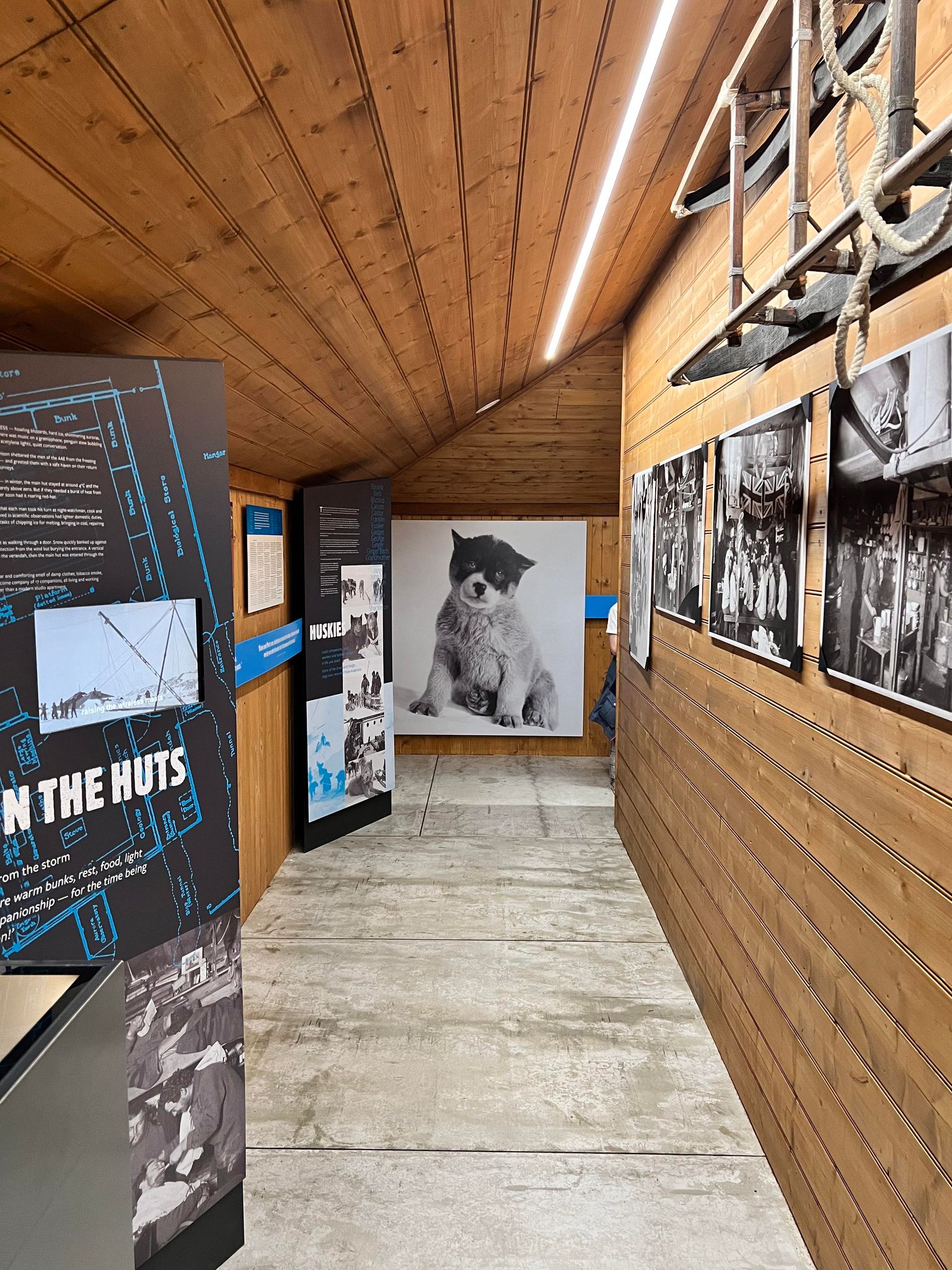
This section starts strong with a very large image of a husky puppy displayed on the wall. It has a thematic panel with the names of the original dogs and an overview of how they were used throughout Mawson’s journey. There is also a great panel consisting of select diary entries about the dogs (photograph below). What I thought worked well within this space was the ‘something lighter’ panel that leaves visitors with happier thoughts of the dogs. Stories of them causing mischief and getting into all sorts of trouble.
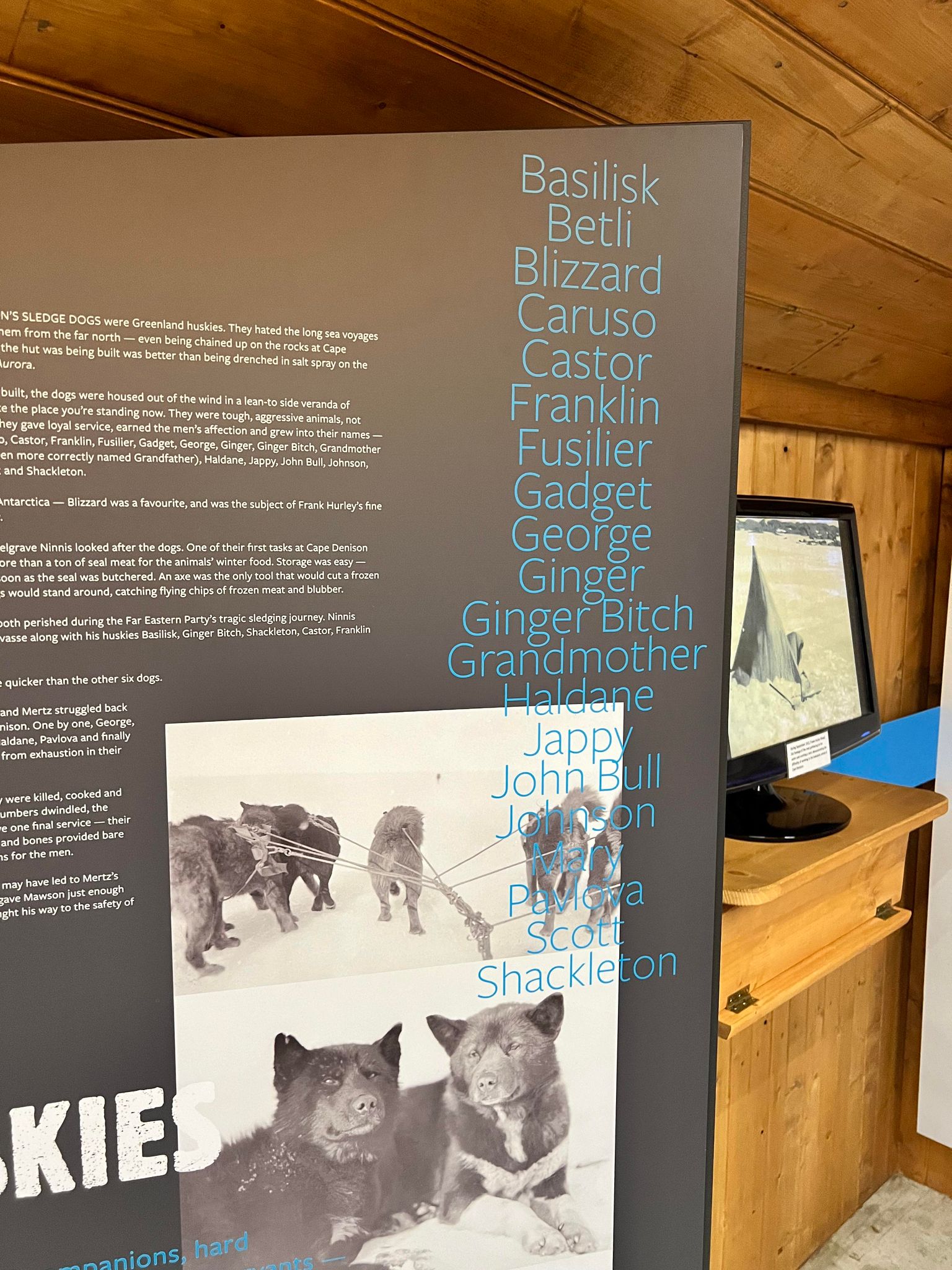
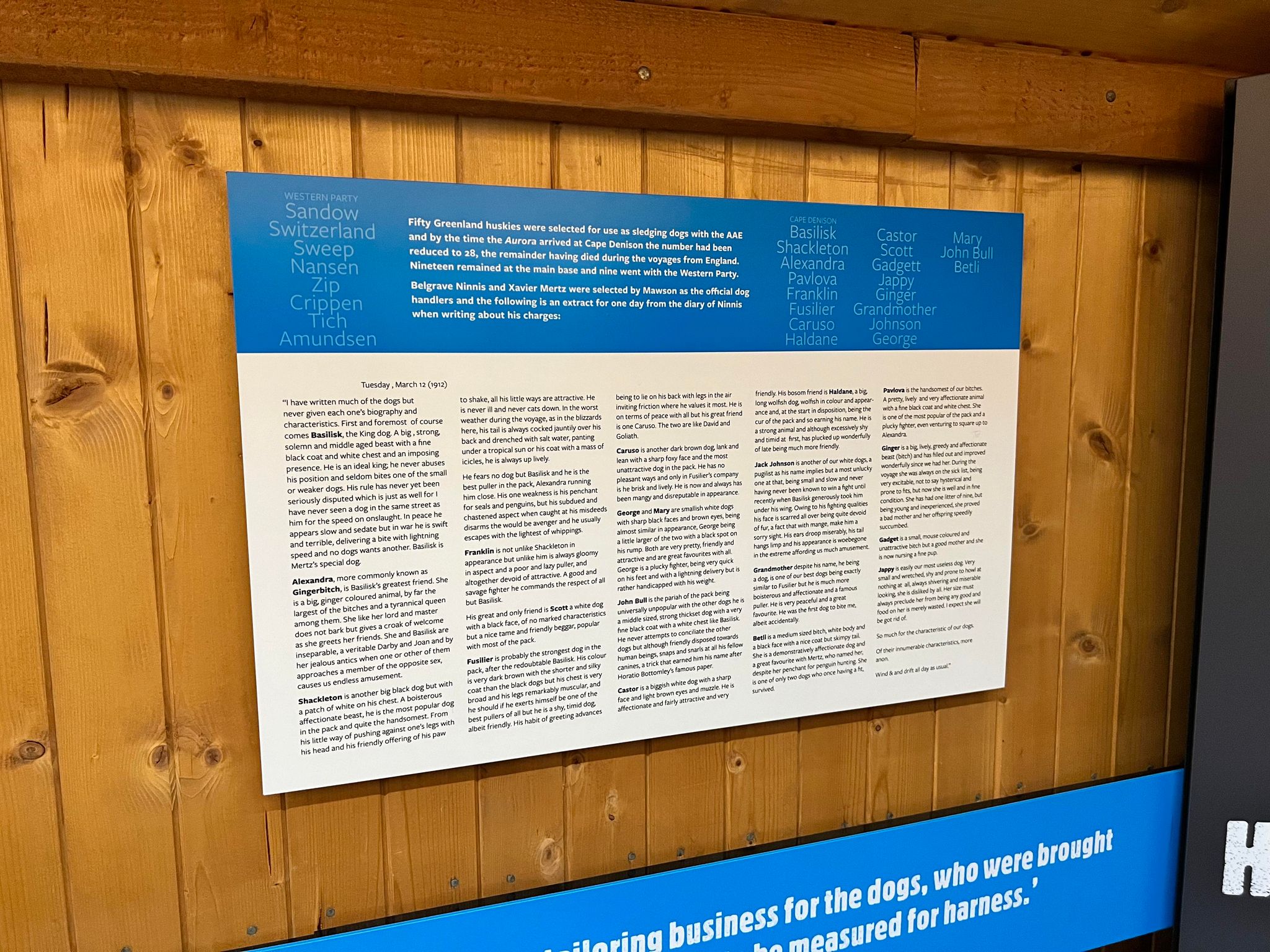
The dogs aren’t just in this particular section – they are everywhere in the Museum. There are a couple of taxidermy dogs at the entrance, a painting by a contemporary artist towards the end, and a statue in front of the Museum of two of the dogs. Needless to say, you will learn a lot about Mawson’s dogs. Moving away from dogs, there were a few other highlights from our visit.
This slideshow requires JavaScript.
Soundscape
When you first enter the permanent display you can hear the soundscape of Antarctica. Basically, really harsh wind. This soundscape works so well in the space as you genuinely start to feel cold as you make your way through. I thought it had great impact and added another dimension to the visit. Even if it did make me reach for my jacket.
Pacing
The pacing of the Museum is another positive worth mentioning. There are large thematic boards that progress the story and contain a lot of contextual information. In between these panels are photographs, videos, and objects to support the theme and guide visitors through. I’ve included an example below of some photographs and an original Mawson sled. These breaks helped with the pacing and also with visitor fatigue.
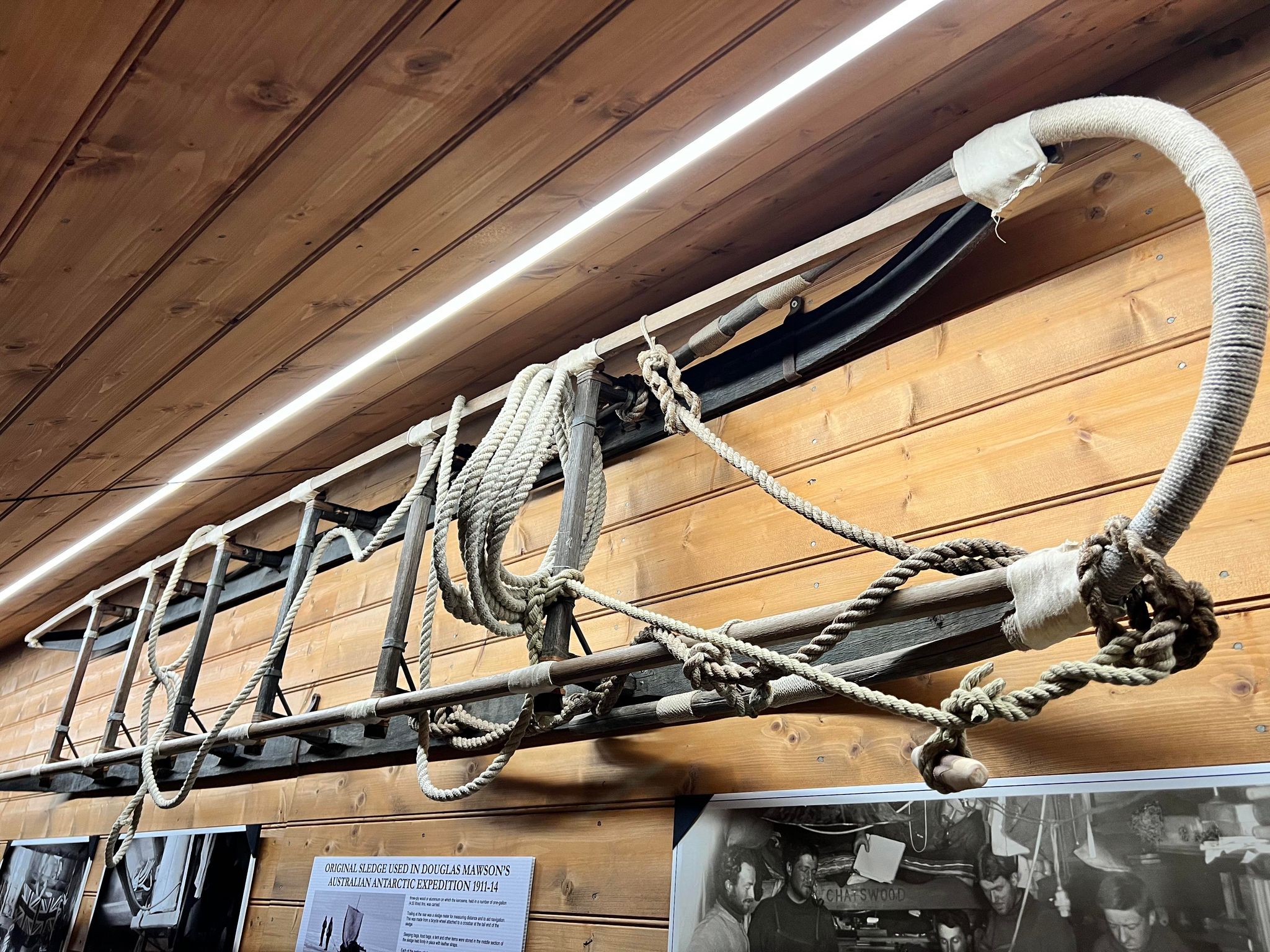
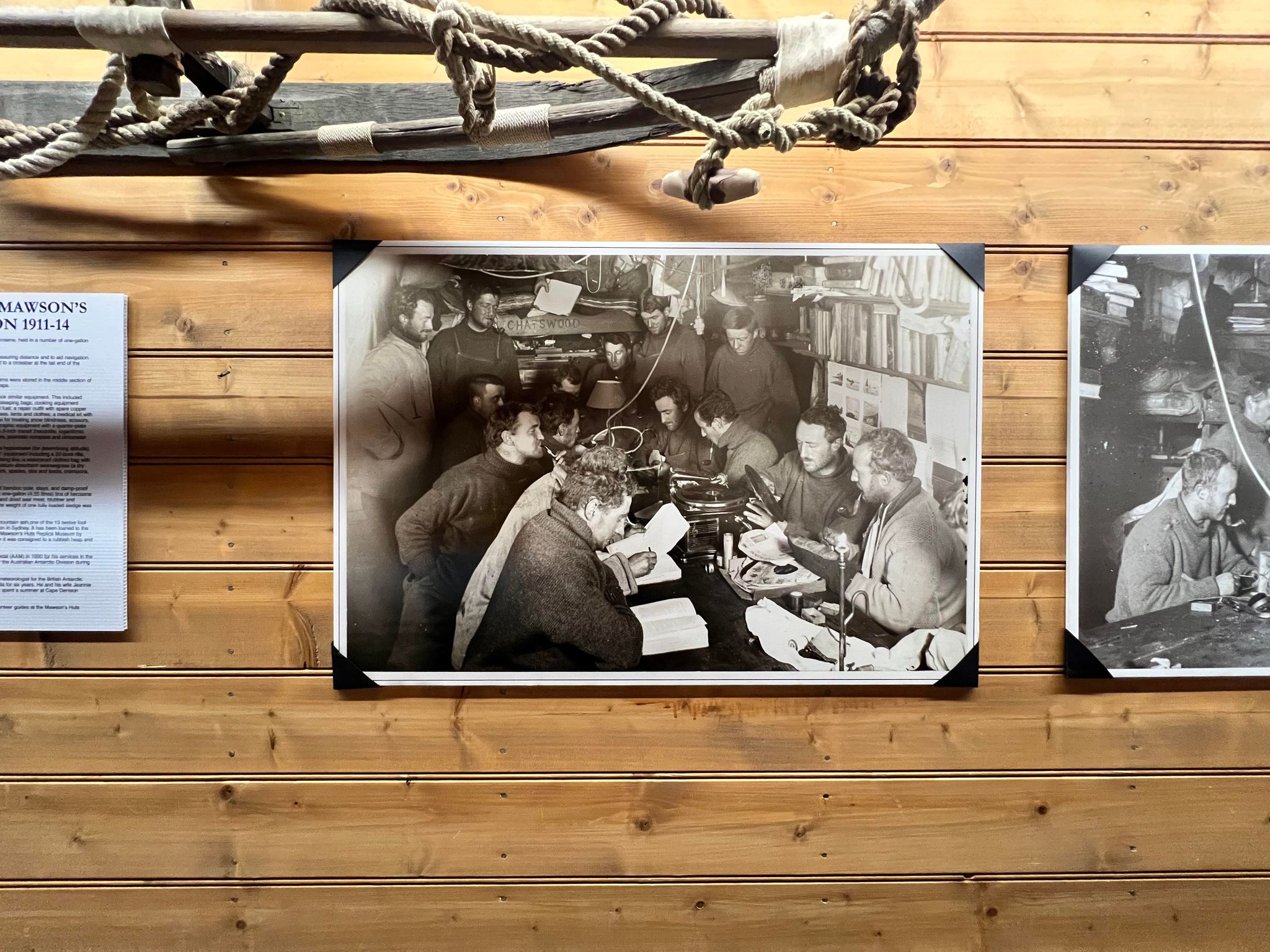
Replica Hut
At the end of the Museum is the full replica experience with beds, kitchen, Mawson’s room, and designated work areas. It felt very much like a living museum experience which is a great way to end the visit. I would not like to have visited when it was busy as it’s a small area. Too many people in there would have felt too crushed. It was interesting to see the layout of the original hut and this ultimately helped with imagining how tough the conditions were for those who joined the expeditions.
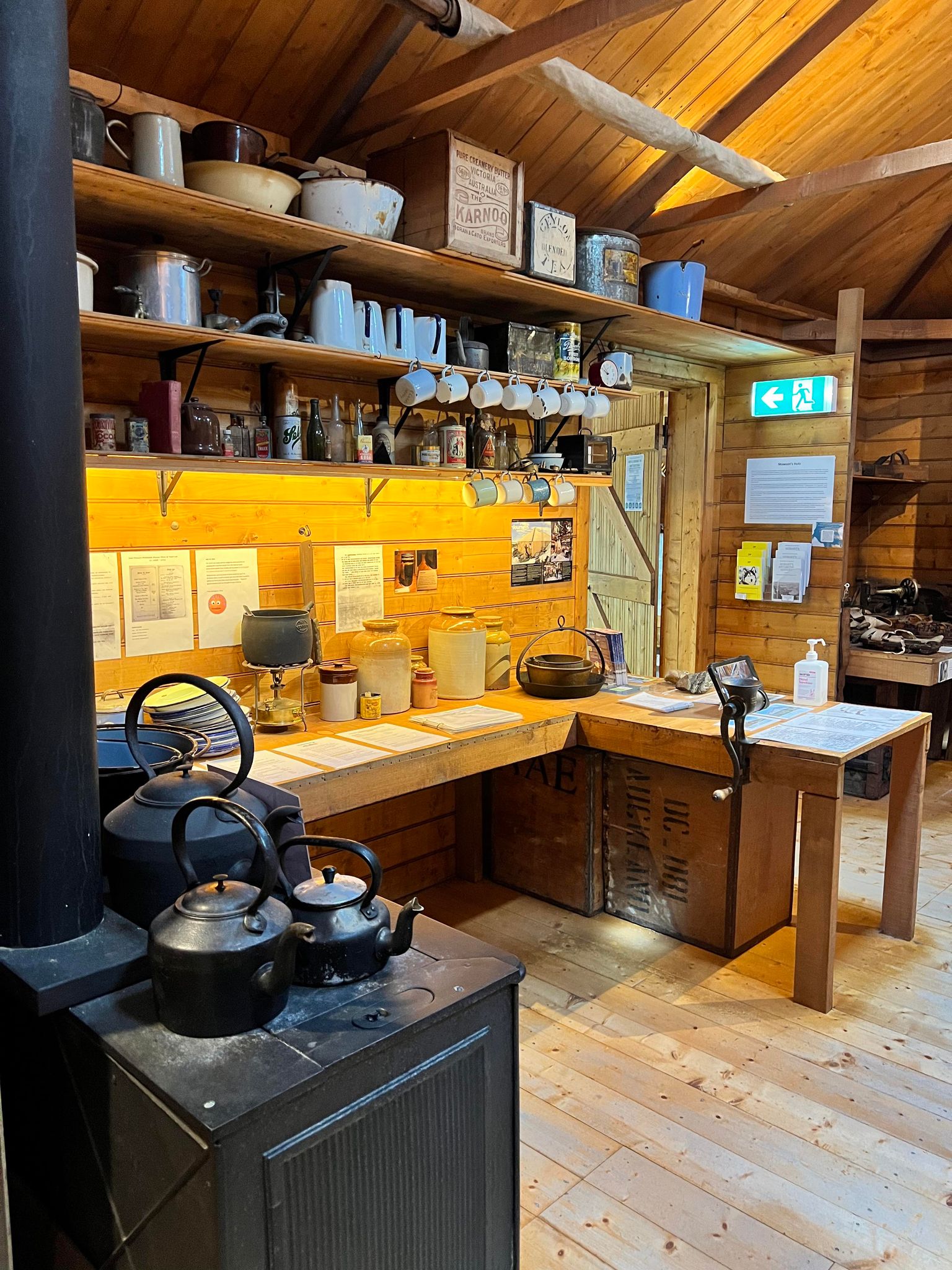



Logistical Information
Mawson’s Hut is an accessible Museum in the centre of Hobart. It is open seven days a week from 10am to 5pm. There is an entrance fee ($15 for adults) but remember this money goes toward conservation of the original huts in Antarctica so it’s money well spent!













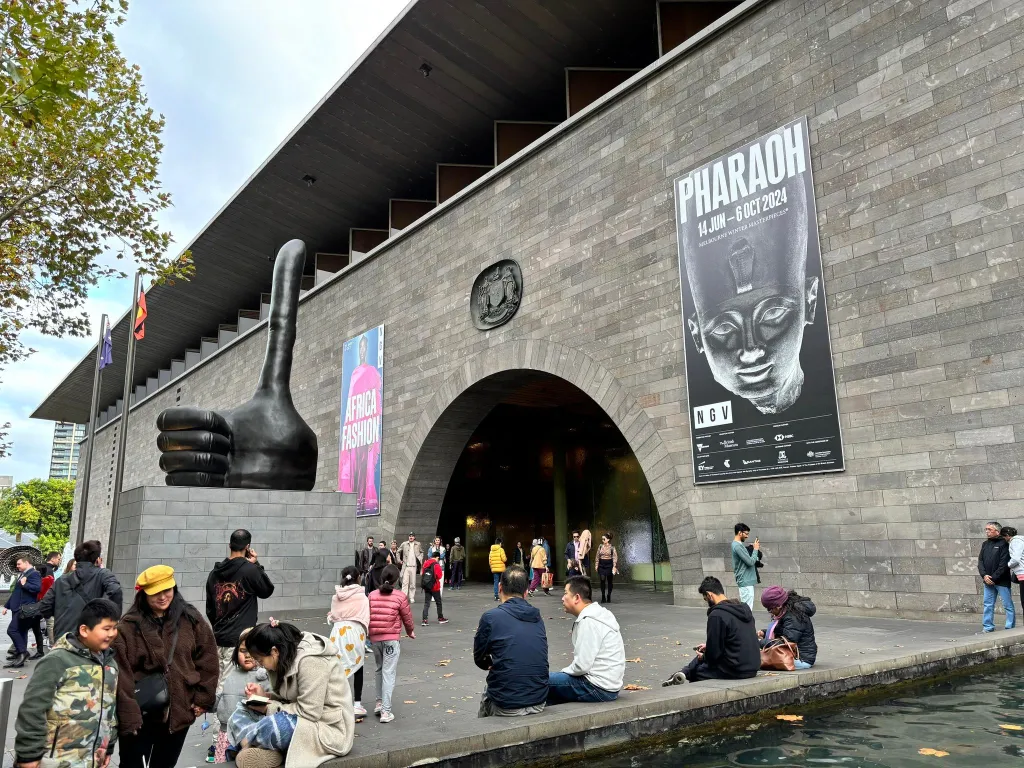
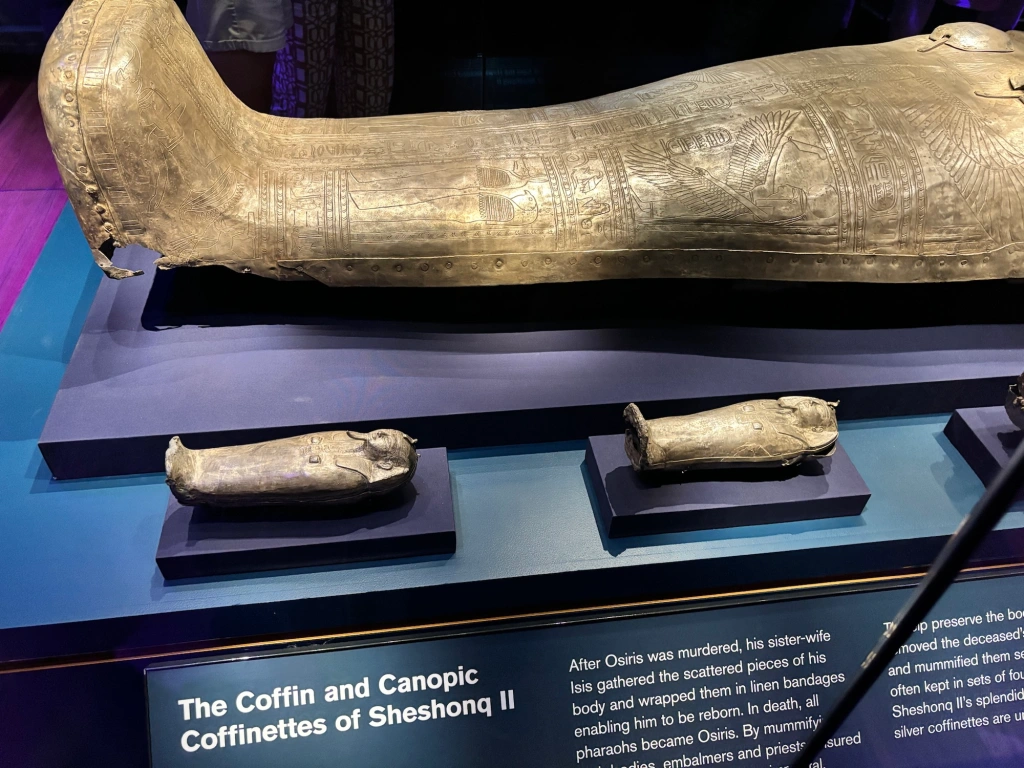

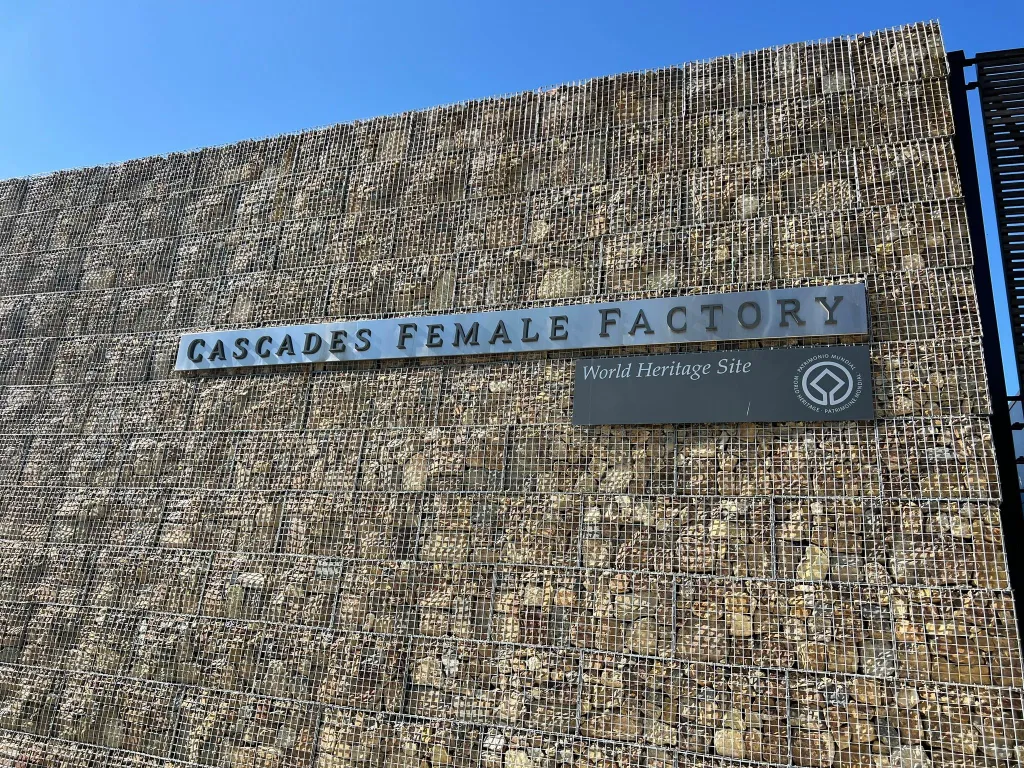
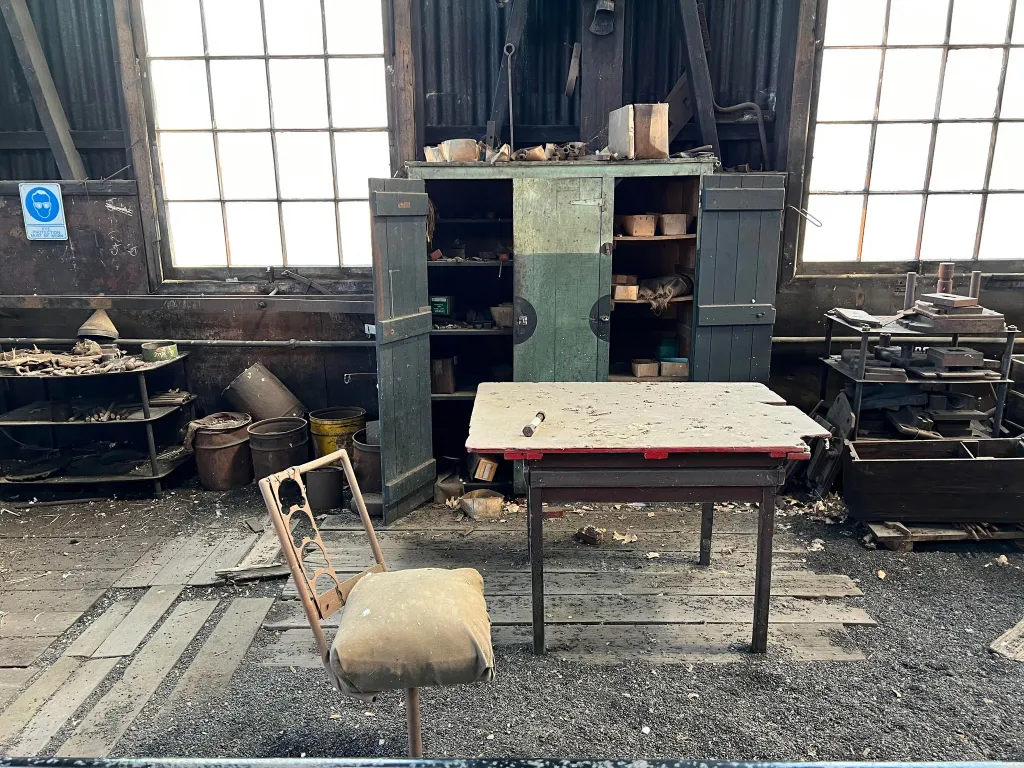
Leave a comment